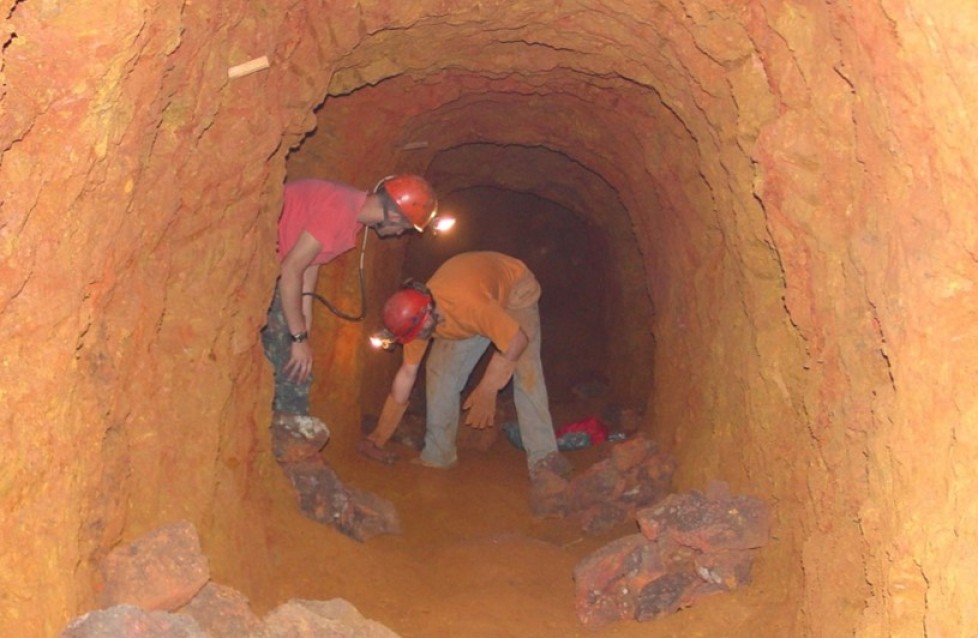Projects in progress

Mathematical and computational modeling of a trophic web to analyze the effectiveness of translocation of subterranean fauna to artificial cavities
Brazil has one of the largest reserves of iron ore worldwide and consequently, one of the biggest potential cavities in these regions. Despite particular biological characteristics and relevance to ecosystem balance, the cavities in ferruginous systems are widely threatened by various human activities such as mining. From the enactment of the Federal Decree 6640, which established the classification of cavities into degrees of relevance, only those with maximum relevance may not suffer environmental impacts. Thus, it becomes necessary to develop strategies for the conservation of these systems. In this context, the translocation of cave fauna is presented as a possible alternative. The first translocation project, which involved the construction of an artificial cavity was developed by Rodrigo Lopes Ferreira in 2005. In this case, the natural cavity was suppressed by the expansion of iron ore mining. Thus, the main objective of this project is to evaluate the effectiveness of the translocation of cave fauna to an artificial cavity. For this evaluation, the methodology is mathematical and computational modeling of the trophic web associated with the artificial cavity.


